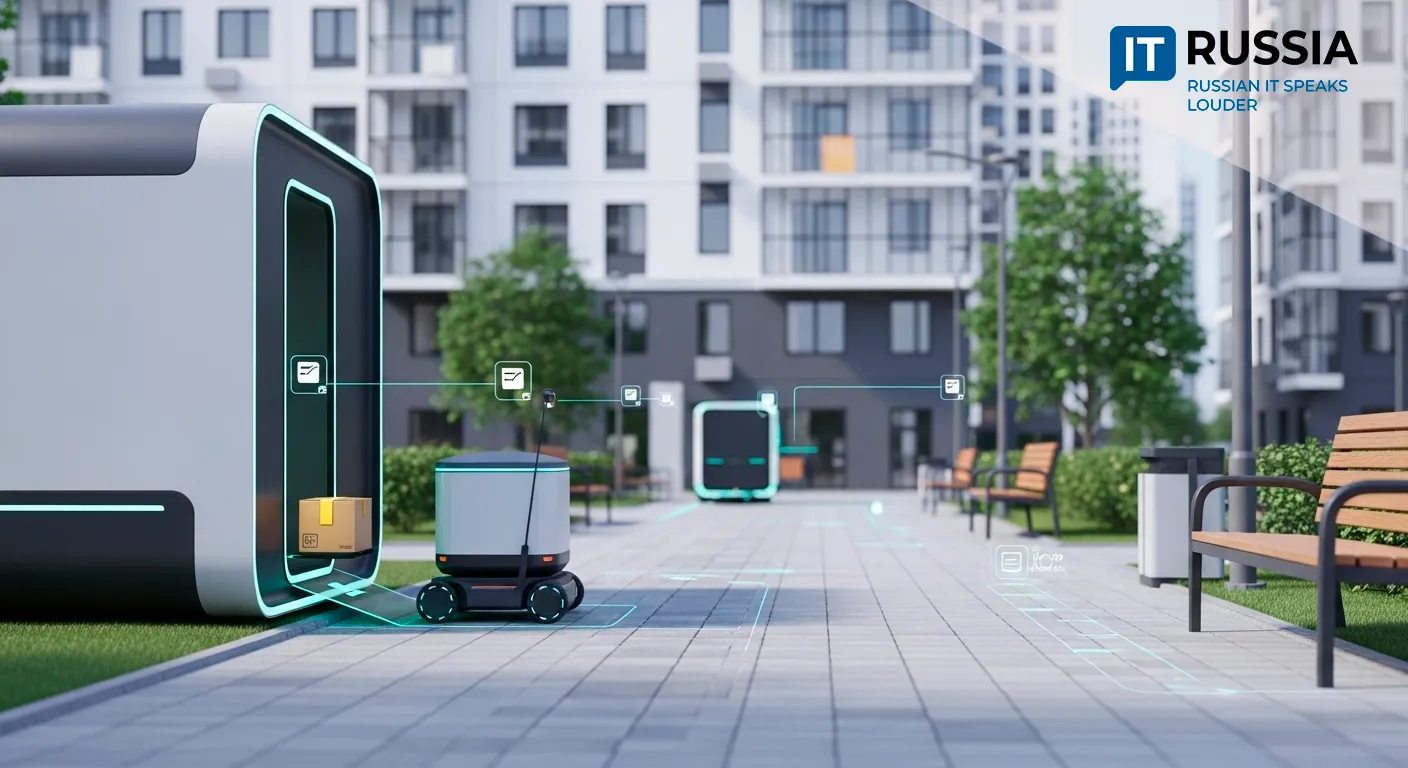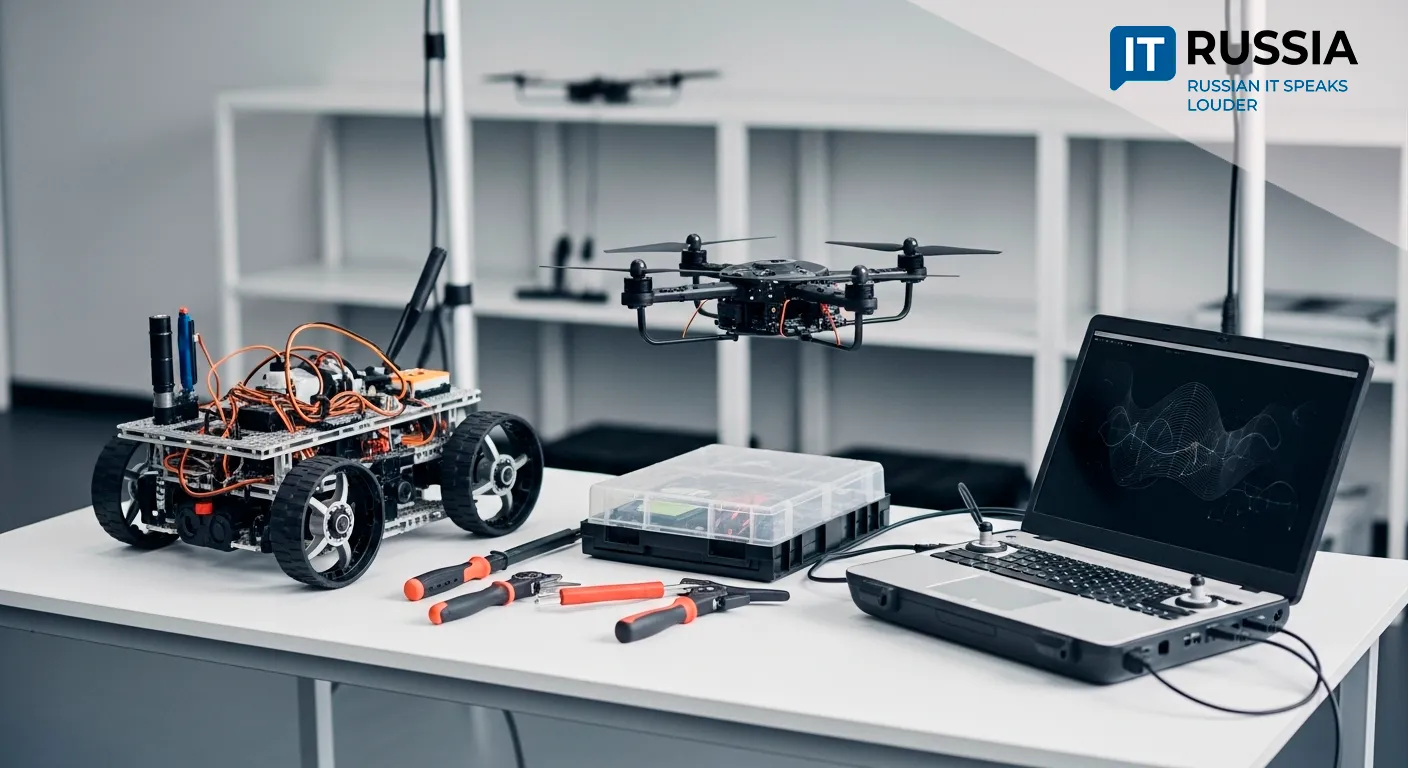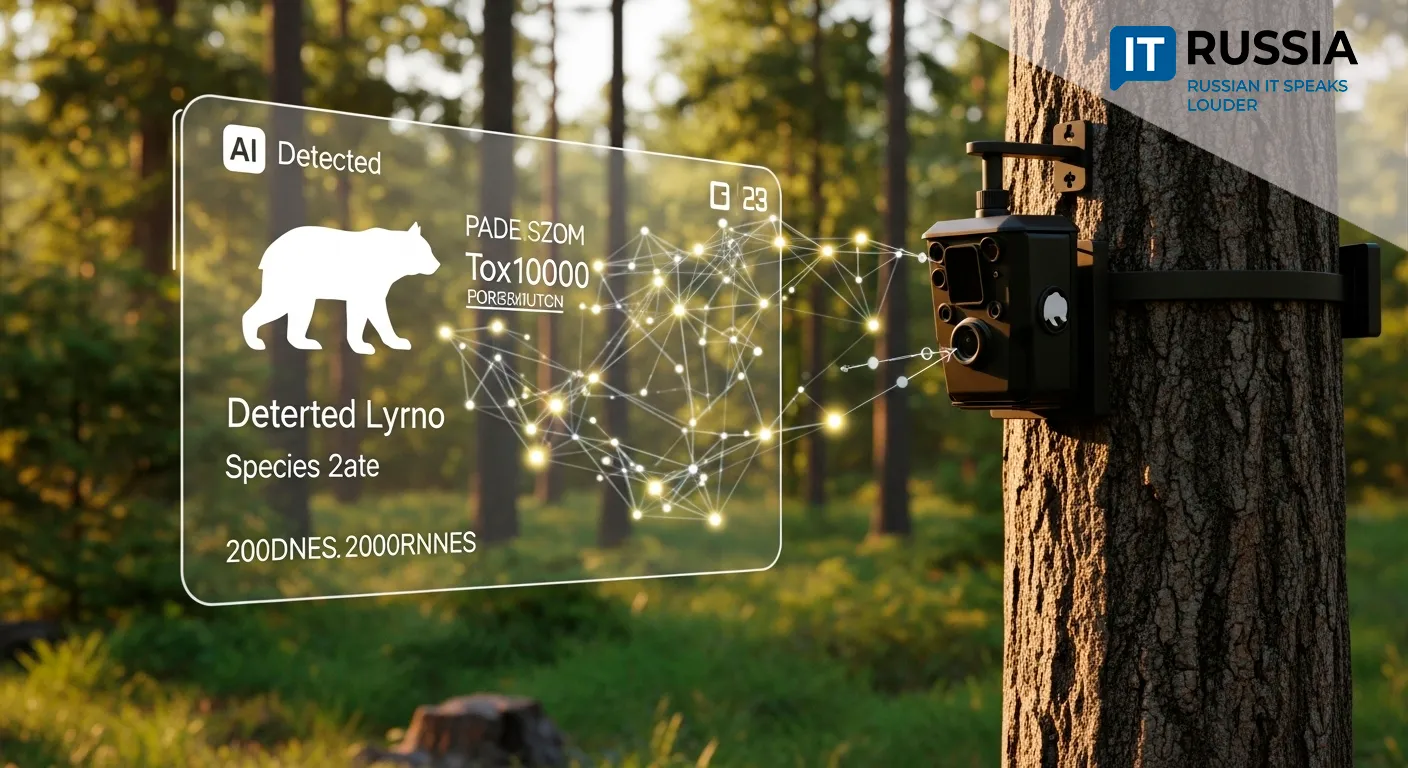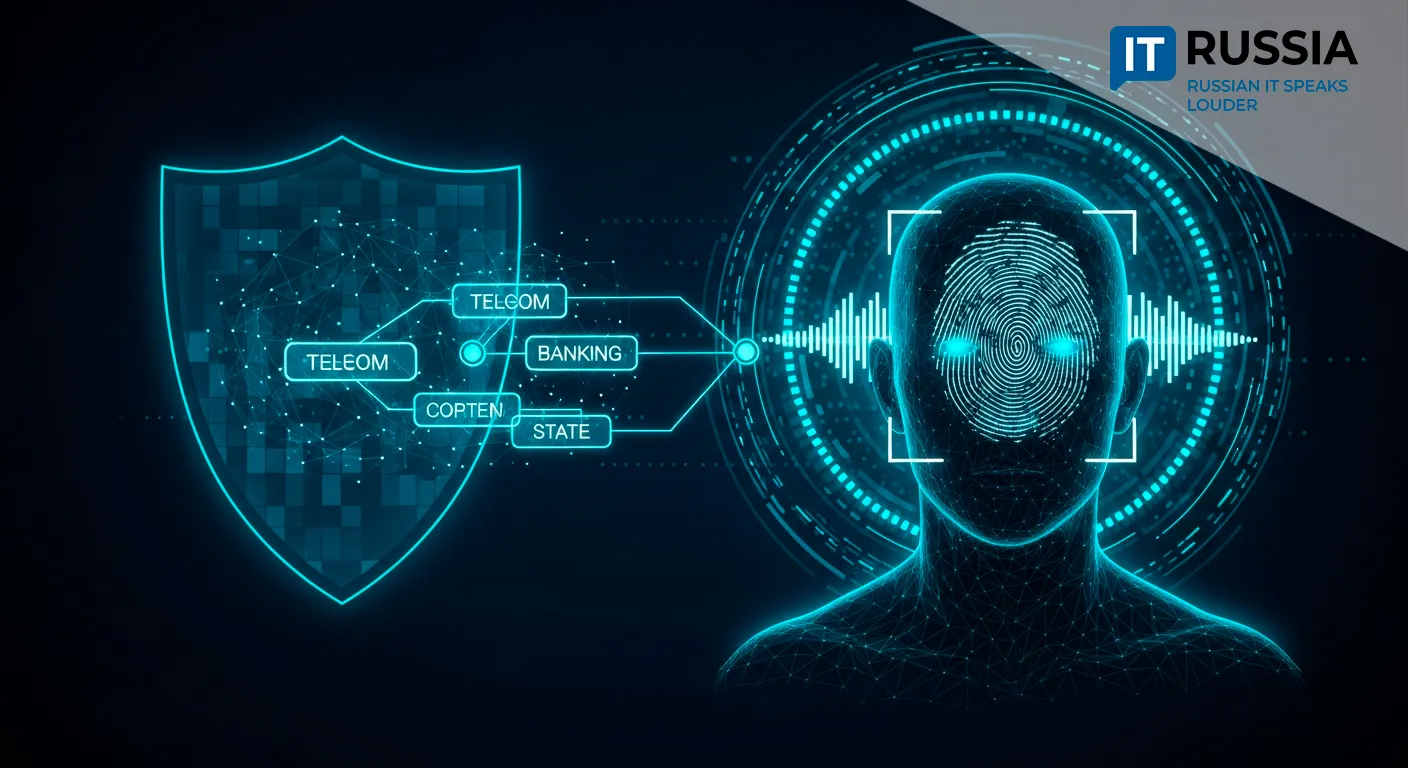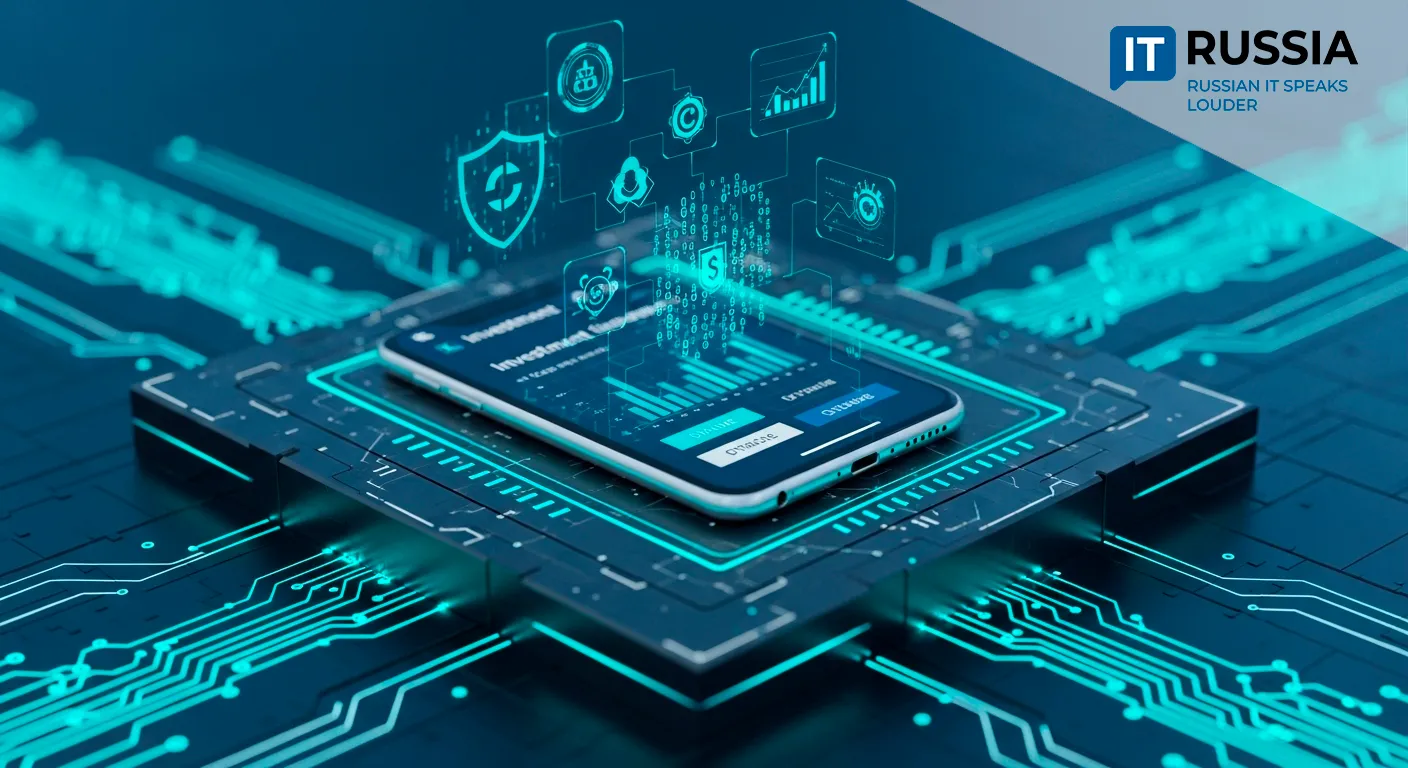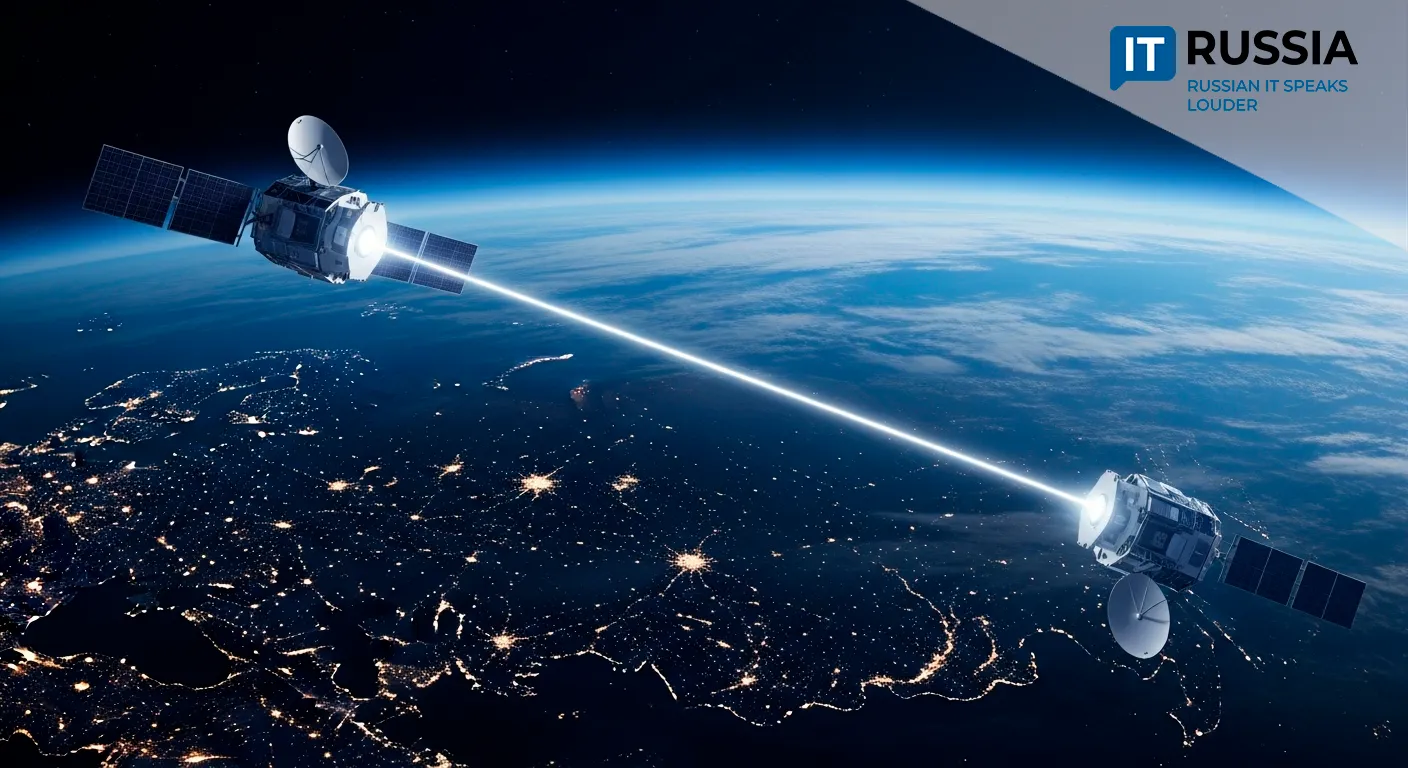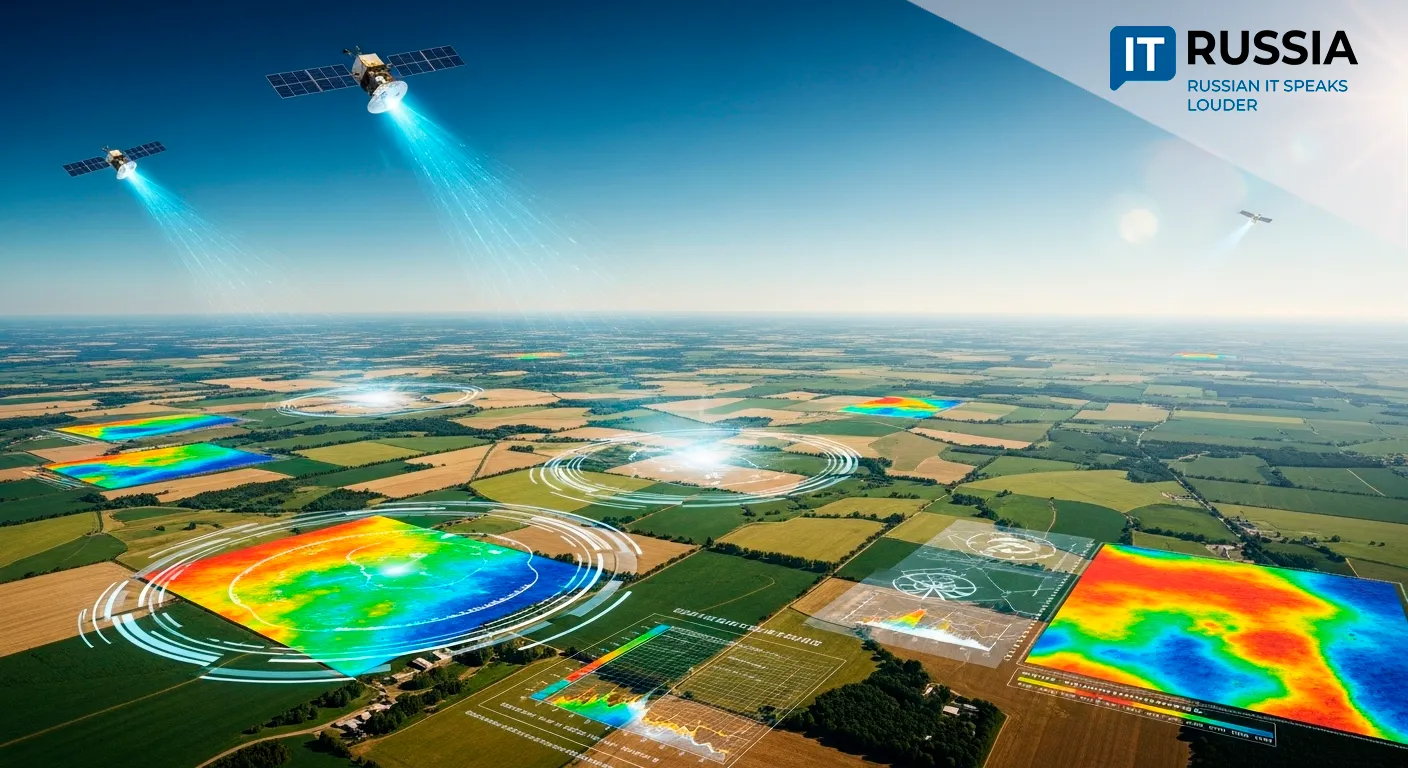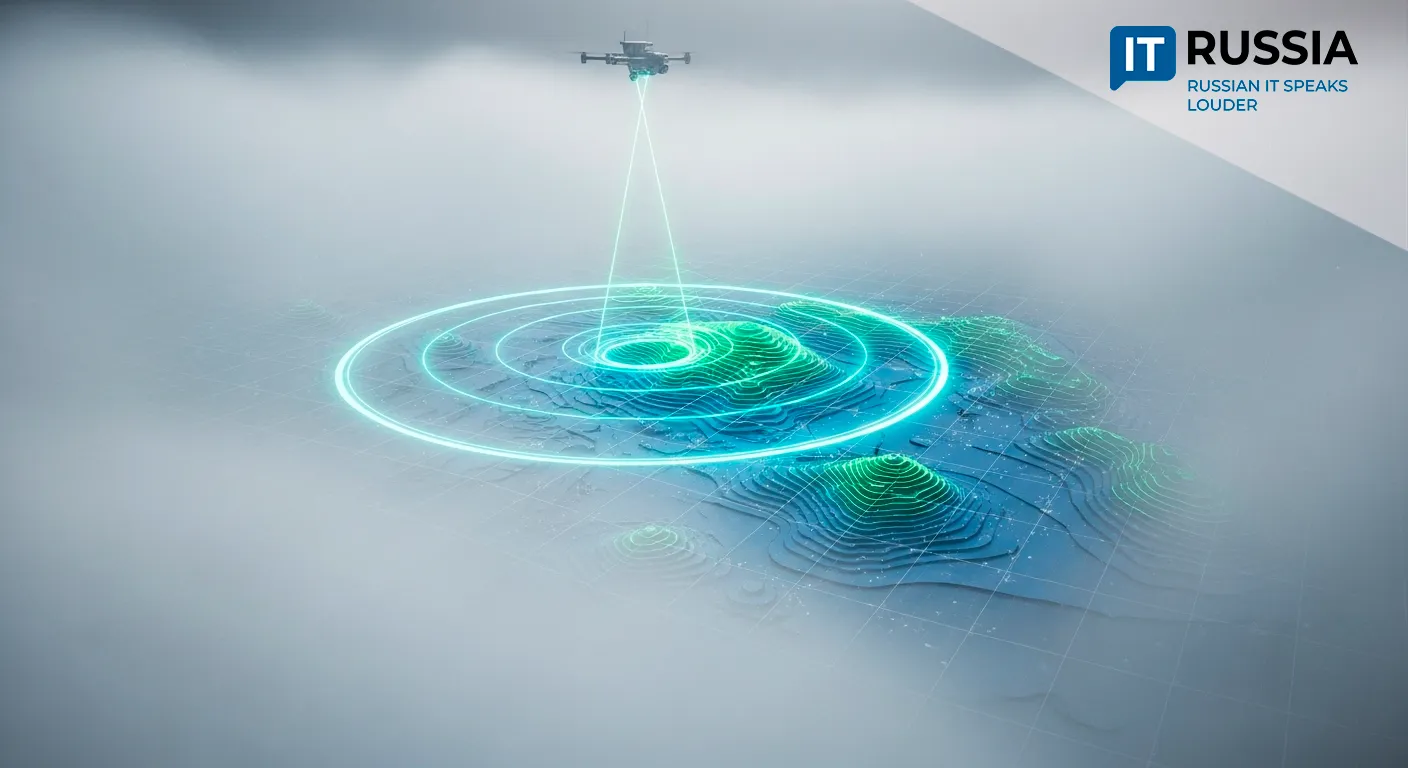Chelyabinsk Breakthrough: Digital Sensor Set to Safeguard Russia's Power Grid

A team at South Ural State University has created a pioneering monitoring device that could transform the reliability of high-voltage power lines across Russia.
New-Generation Grid Reliability Technology
Power grid operators frequently face the problem of sudden failures in overvoltage protection devices (OPDs), which can’t be predicted with current technology. The new pulse-current indicator and recorder developed at South Ural State University (SUSU) addresses this gap. It measures critical parameters like leakage currents across the 1st, 3rd, and 5th harmonics, total leakage current, number of activation events under extreme loads, and ambient temperature.
What sets this solution apart is its ability not just to register events, but to capture the full waveform of each impulse, including peak current and total charge. The monitoring station connects to up to 64 devices simultaneously and integrates with cloud or local enterprise systems, enabling remote diagnostics and predictive maintenance.
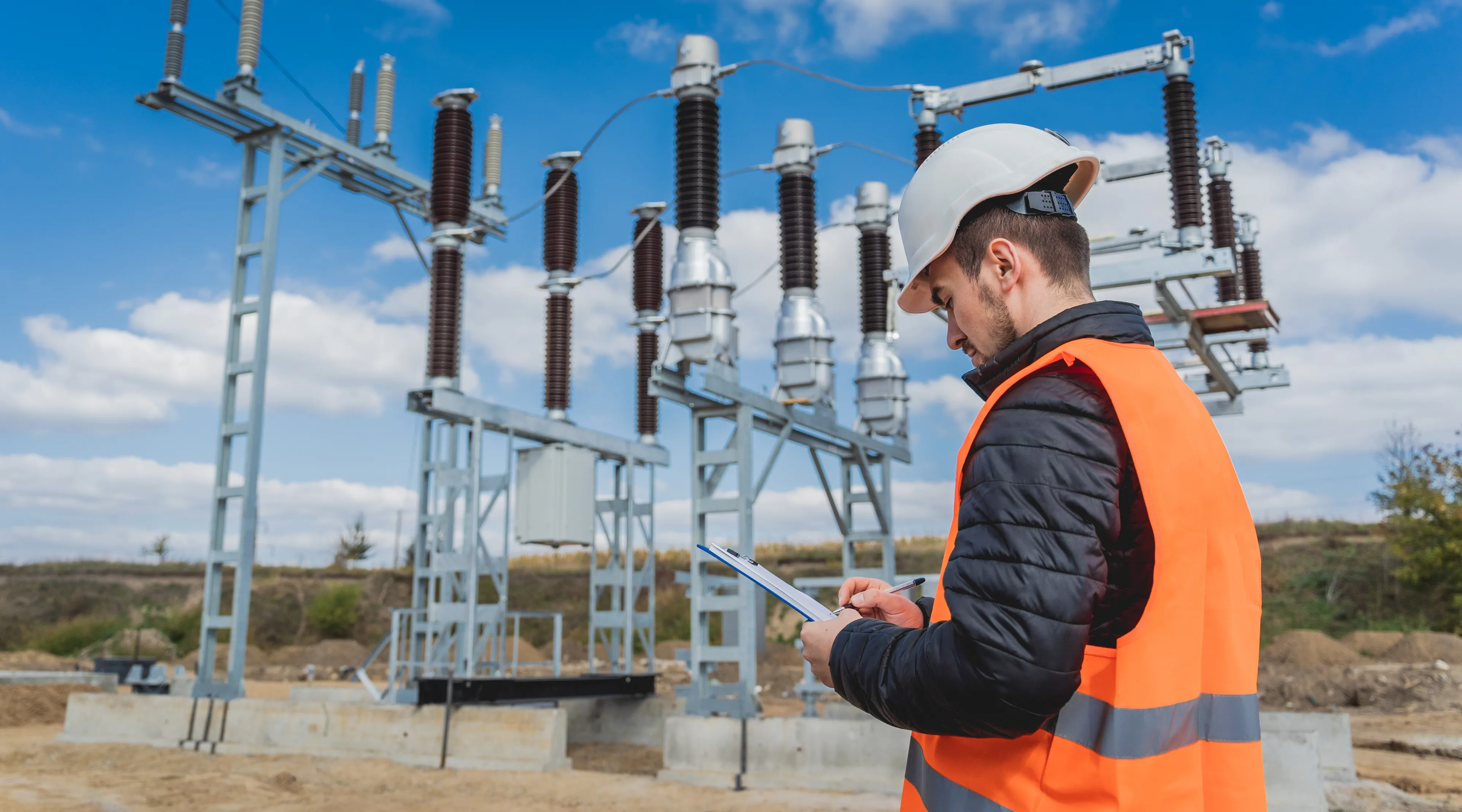
Wider Industrial Impact from SUSU’s Innovation
This technology has implications far beyond Chelyabinsk. For major Russian grid companies like Rosseti, it offers a powerful tool for minimizing downtime by predicting OPD failure before it causes serious damage. This predictive capability reduces costs tied to emergency repairs and extends the life of equipment.
The benefits cascade down to utilities, industrial sites, and households, which gain more reliable access to power. For regions with complex infrastructure, such as the Chelyabinsk region, the sensor’s affordability—priced at just 24,000 to 26,000 rubles—makes widescale adoption both practical and economically justified.
Moreover, the device demonstrates strong export potential, particularly in the CIS, Latin America, and Asia, where operators face similar environmental and technical challenges.
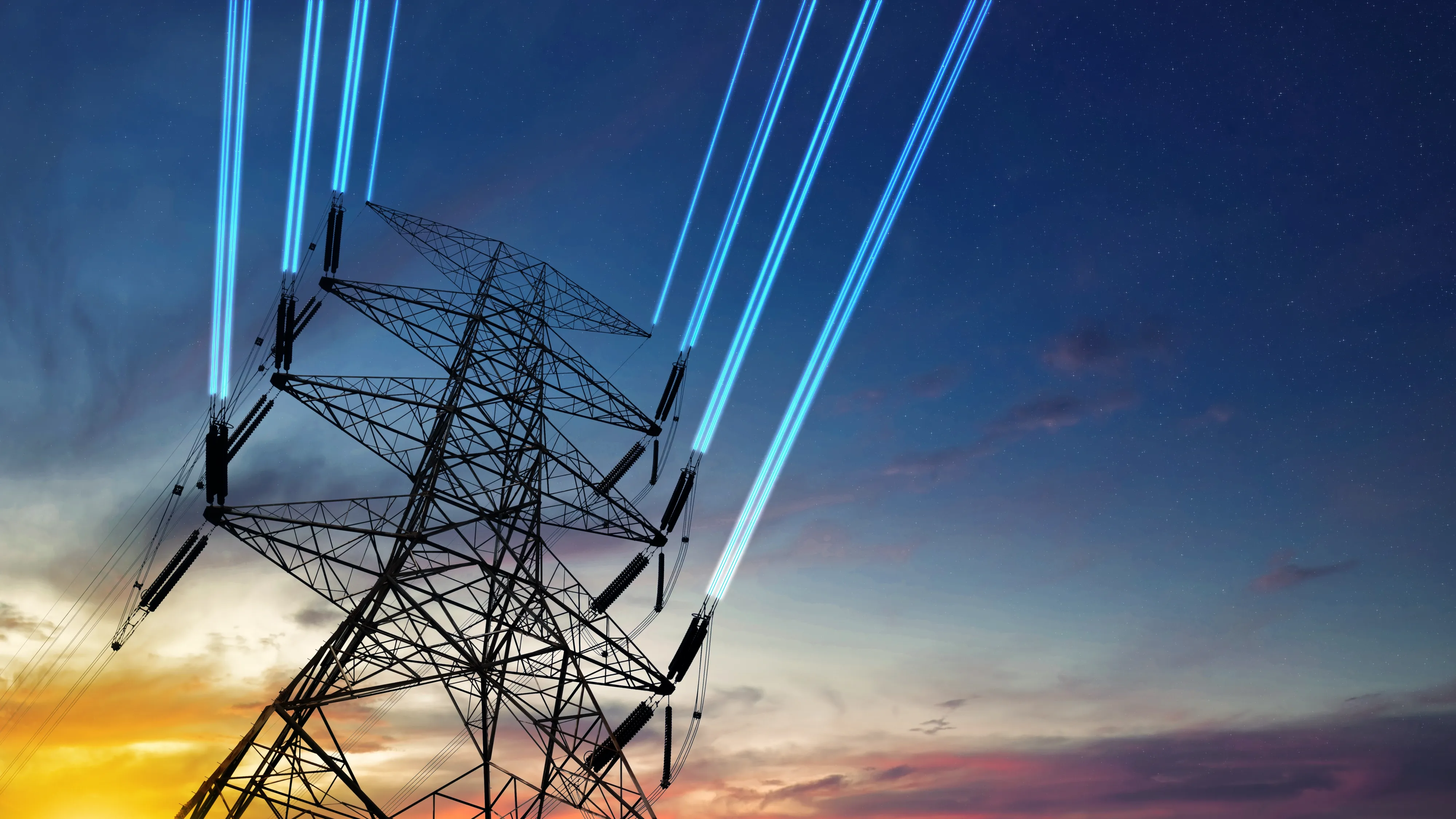
Context and Global Comparisons
In April 2025, Nizhny Novgorod Technical University received a Eurasian patent for a similar line protection system, enhancing grid resilience even when voltage sensors fail.
Between 2020 and 2024, climate-related disruptions accelerated the use of IoT-based grid monitoring in companies like Rosseti. In parallel, predictive analytics for transformers saw rapid deployment across Russia.
In the U.S., PJM Interconnection began rolling out AI-enhanced IoT sensors in the early 2020s, capable of forecasting load anomalies and partial discharge events with 92% accuracy. The Chelyabinsk system aligns well with these international efforts but stands out for its low cost and ease of integration into existing infrastructure.
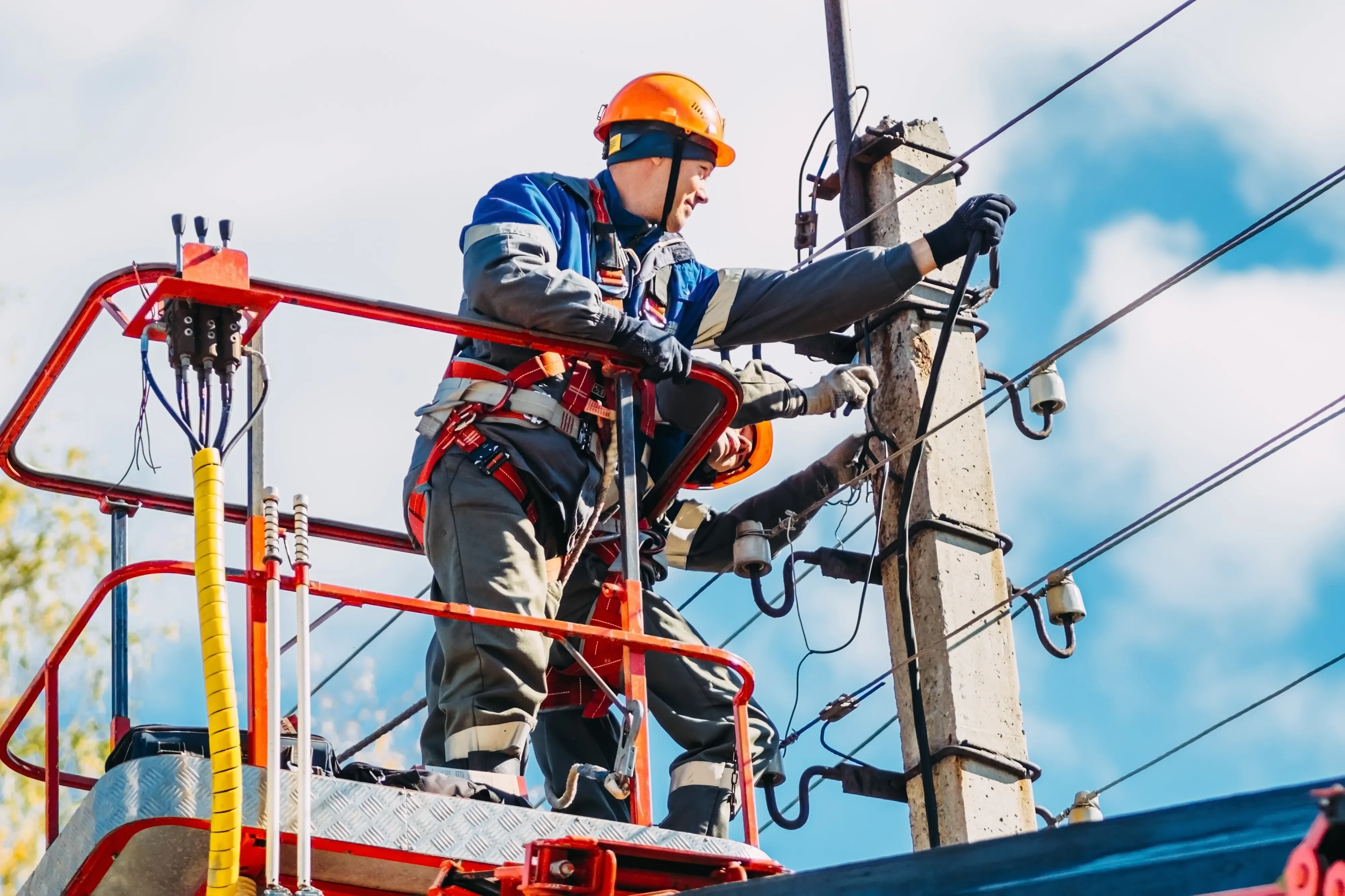
Next Steps in Grid Digitalization
This new device is not just a local innovation—it is a cornerstone in Russia’s broader energy digitalization strategy. Pilot studies show it could cut outage duration by up to 60%, from 2.5 hours to under 1 hour. Collaborations with Rosseti and Inter RAO are expected to scale the technology across Russia and into neighboring countries.
The Chelyabinsk case highlights how university-led innovation is directly contributing to national goals of technological sovereignty. Shifting from reactive to predictive maintenance represents a major leap for future energy systems, where data management becomes just as vital as physical infrastructure.







